|
A very rare survivor is this "GAS CLEANSINF FACILITIES HERE" sign from Orpington Urban District Council. As can be seen from the details to the reverse, the sign was to be placed in a householder's window following the sounding of a gas alert (the gas rattle). This would allow wardens and other CD personnel to take casualties exposed to gas bombs to that location to receive treatment.
Images courtesy of Nick Wall.
0 Comments
Highly sought after by collectors, ARP signage always reaches good price points at auction. The below 9" x 9" example of an ARP WARDENS' POST enamel sign is up for grabs in early August in Suffolk. Estimate is £70-£90 but I think that way below what it will achieve on the day.
A bronze Air Raid Warden nameplate sign with the makers details still on the reverse. Interesting to see the label still in situ and how the sign should be cleaned - by avoiding metal polish...
Few original ARP signs are still in situ but affixed high up on the wall of Cullompton Town Hall in Devon is this beauty - ARP FIRST AID POINT - on the far left of the image. I'm guessing the position it occupies has seen it survive the many decades without being removed or pinched. Shows how good quality they were. It appears there are two different styles of cross - one red and one white in a red circle.
Original WW2 ARP and Civil Defence signage is avidly collected. The prices paid for these signs has been rising as shown by the single-sided enamel sign below selling for £824 (including shipping) on eBay recently (November 2022).
|
Please support this website's running costs and keep it advert free
Categories
All
Archives
June 2024
|
|
|
Copyright © 2018–2024
|
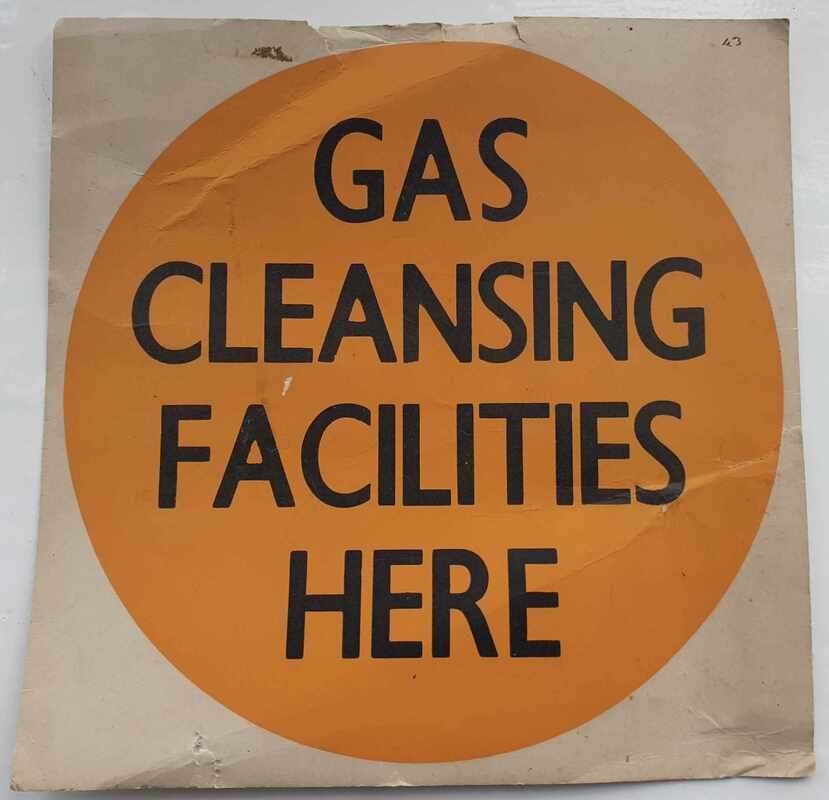
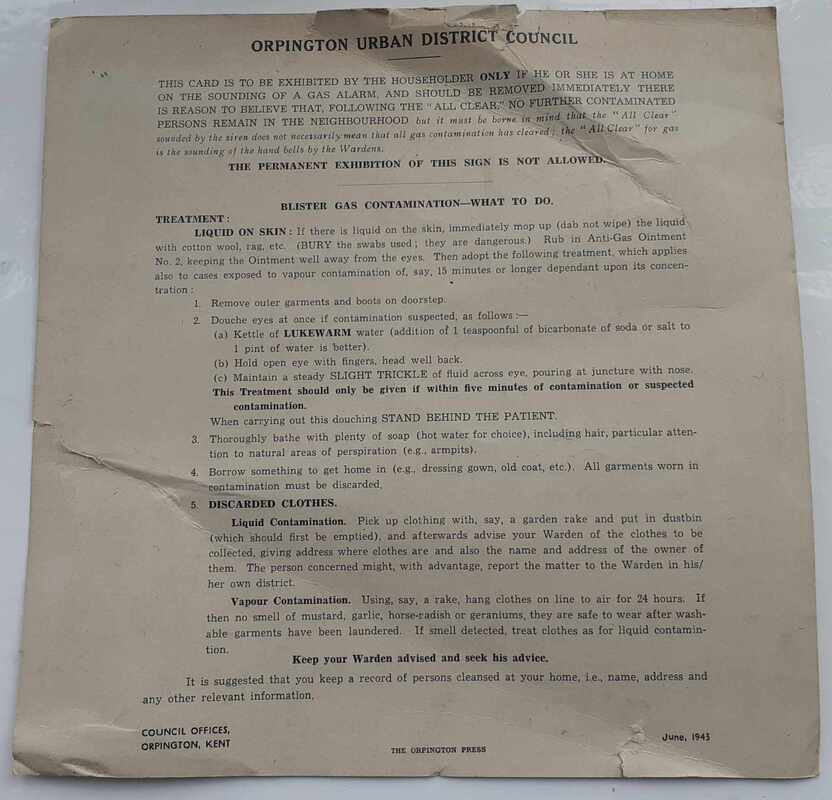
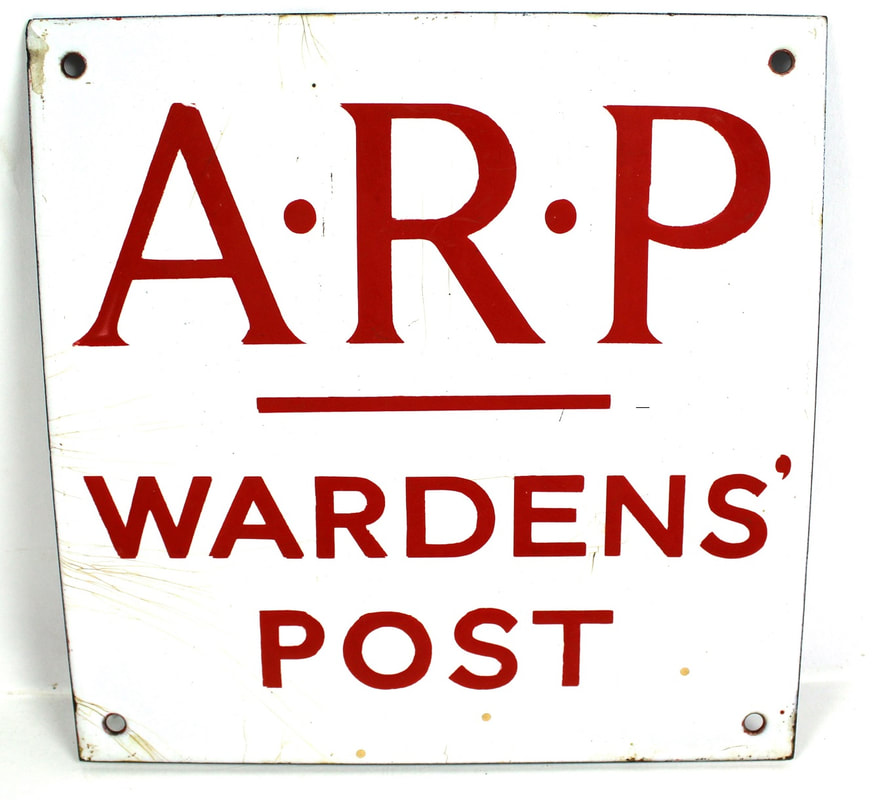


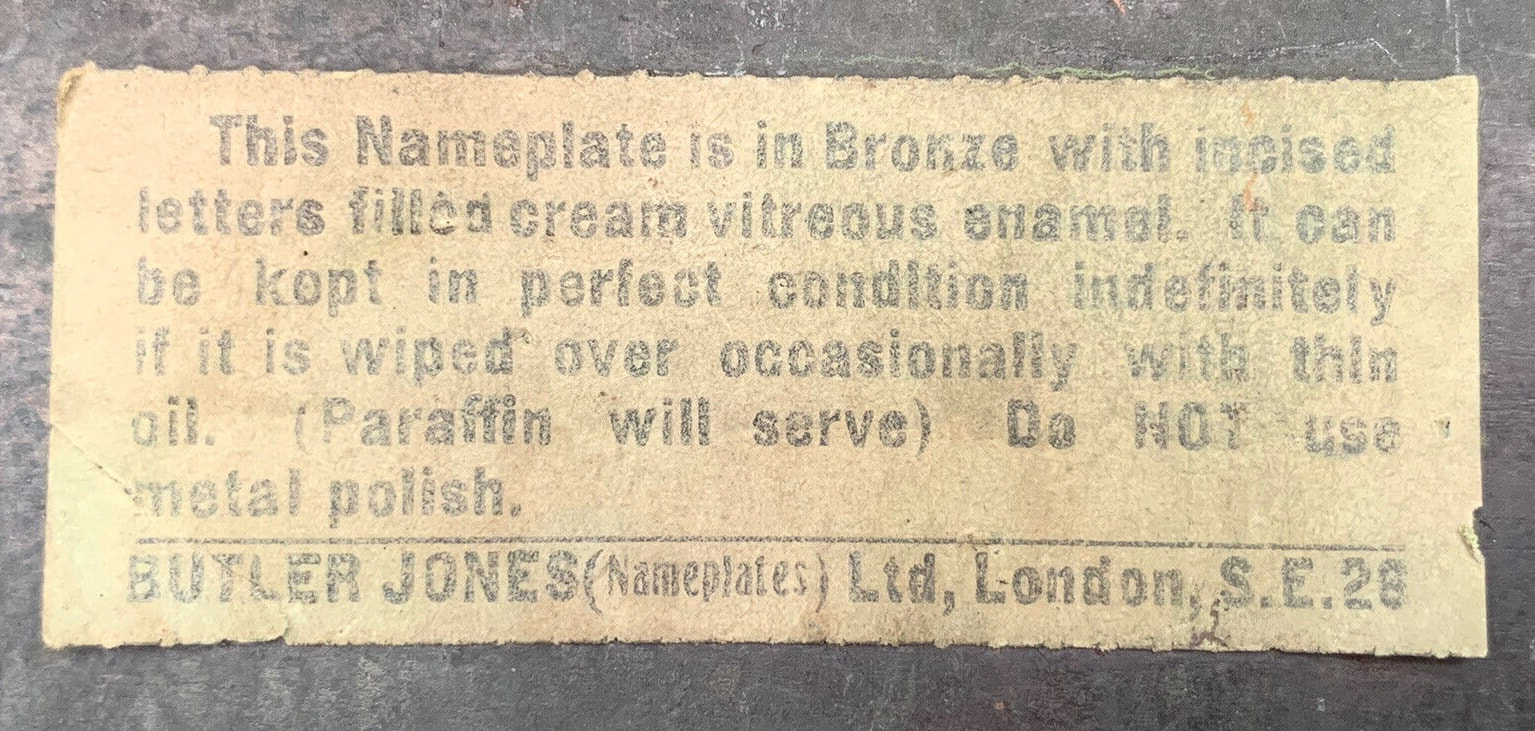
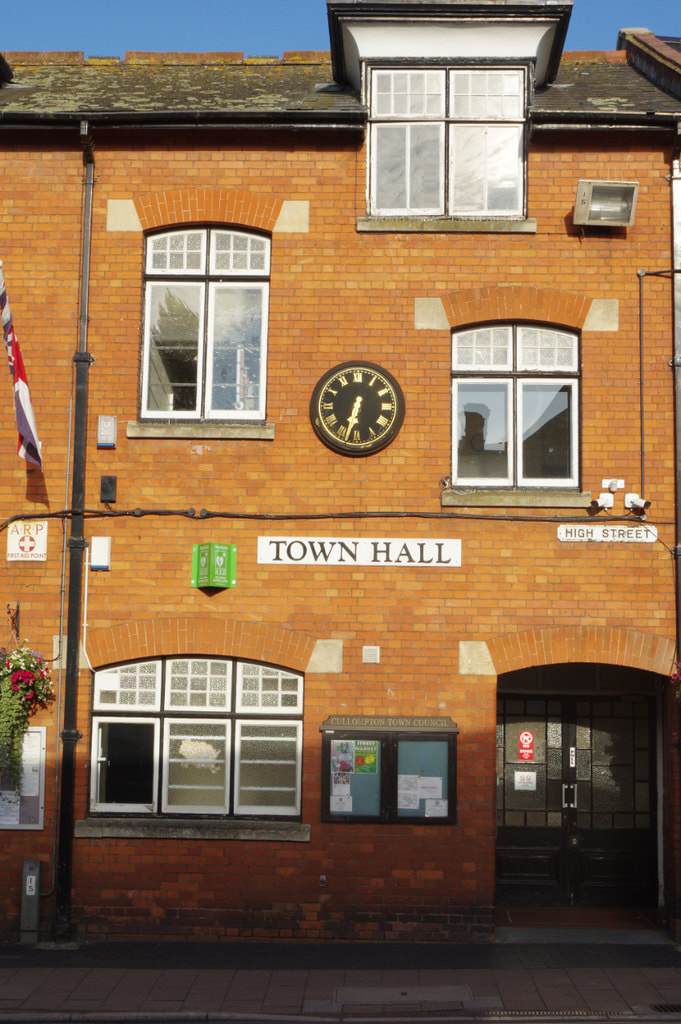
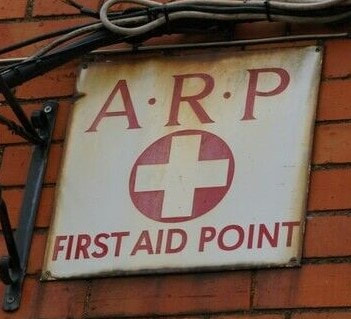
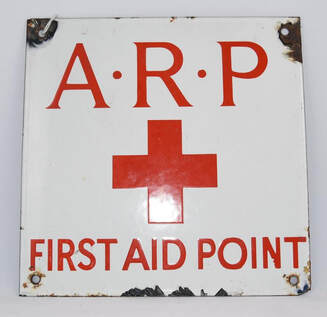
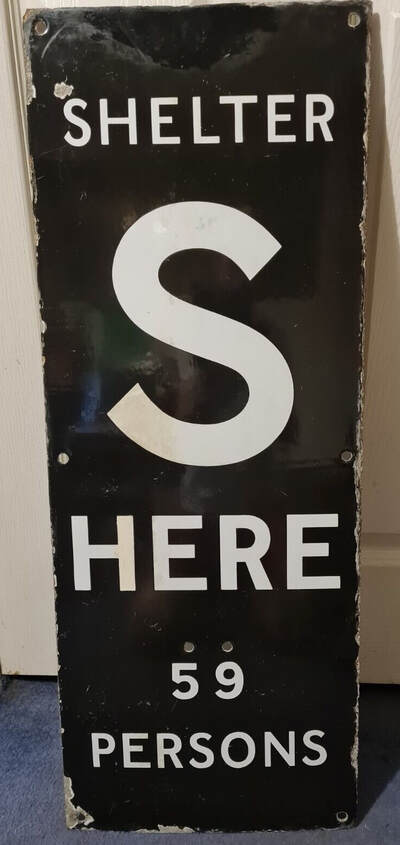
 RSS Feed
RSS Feed